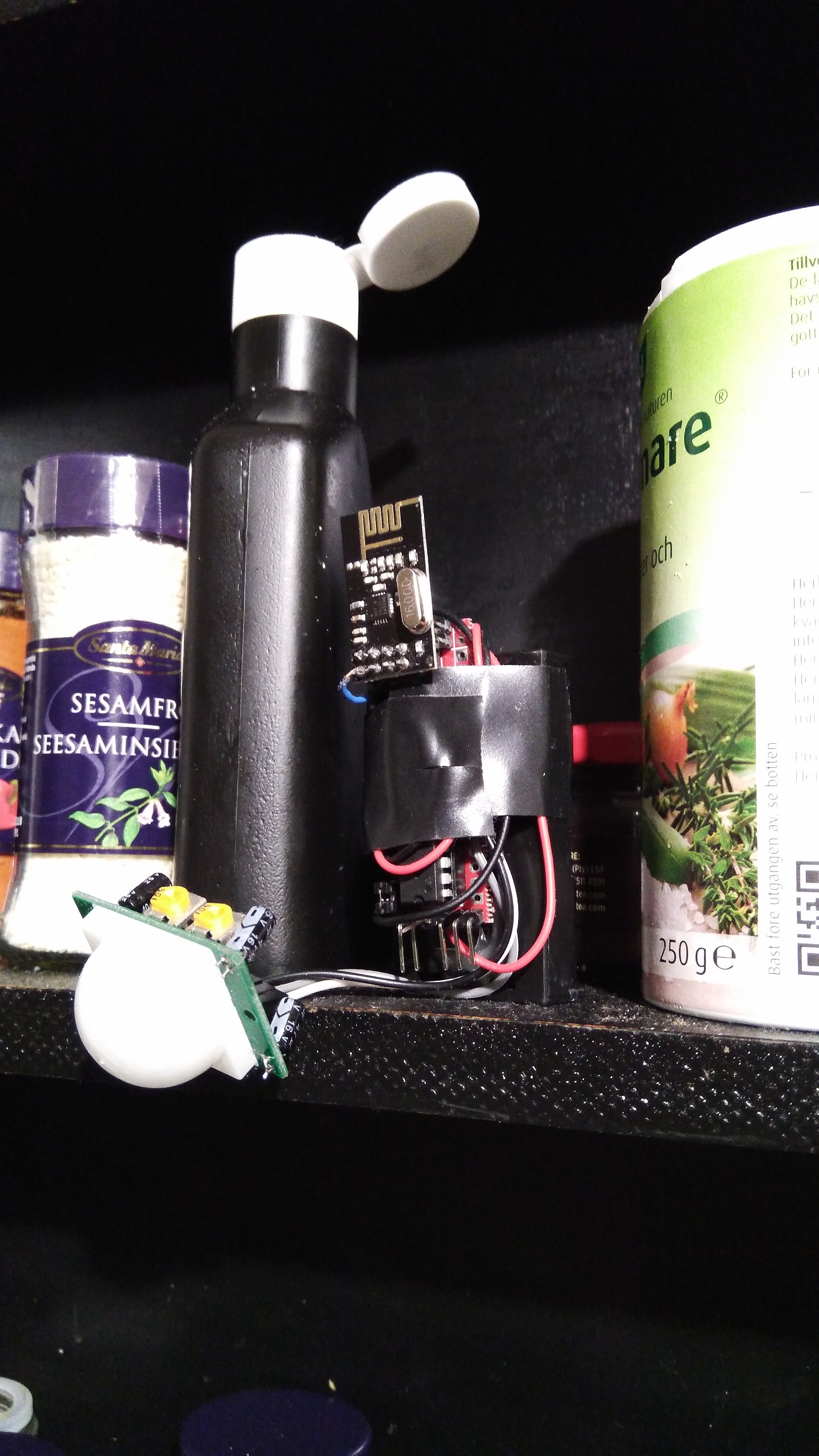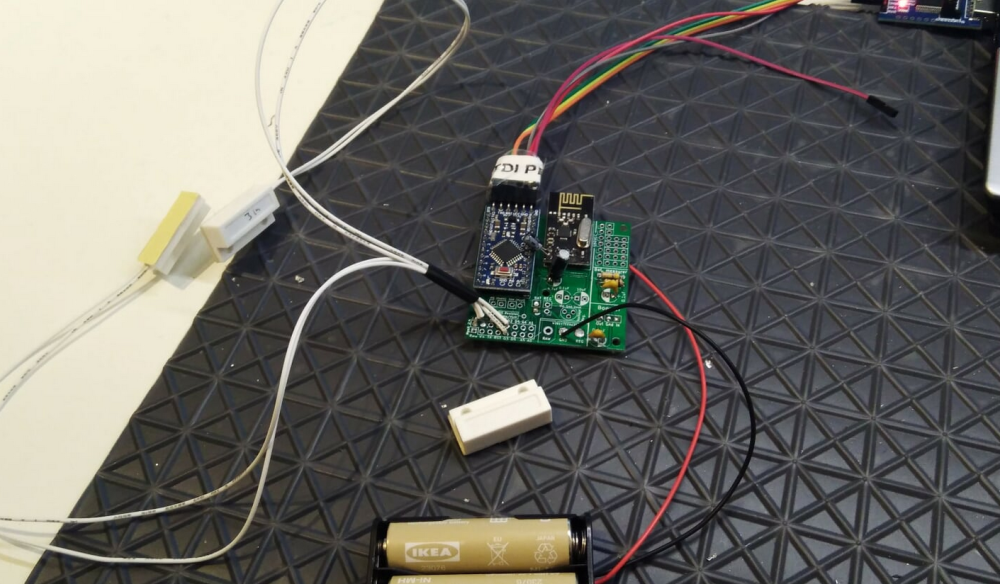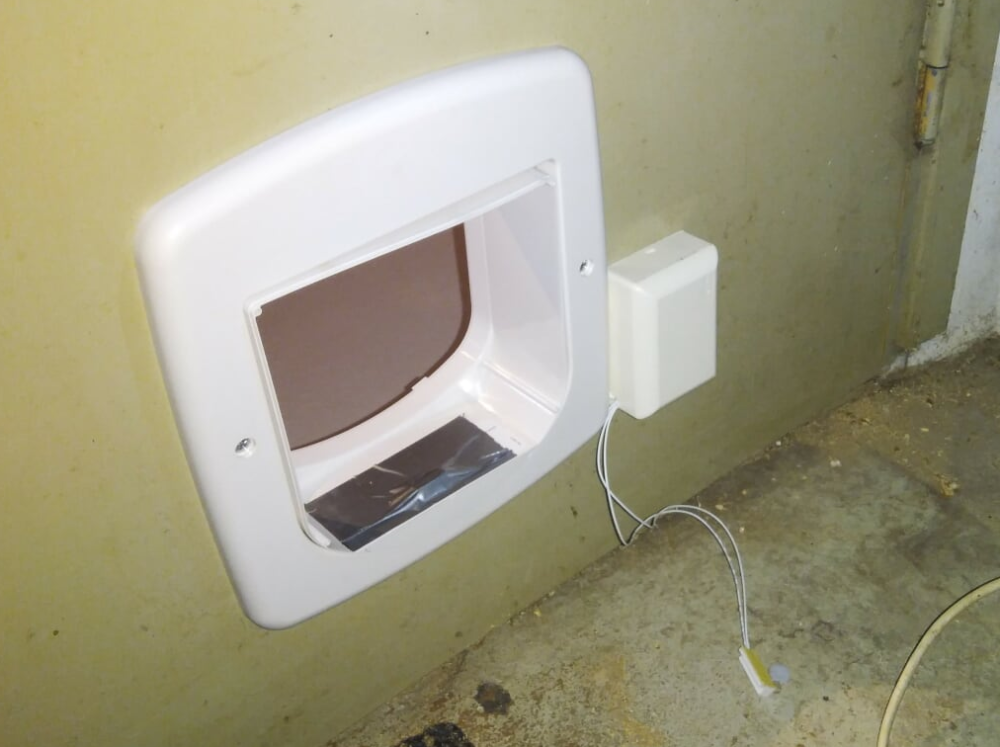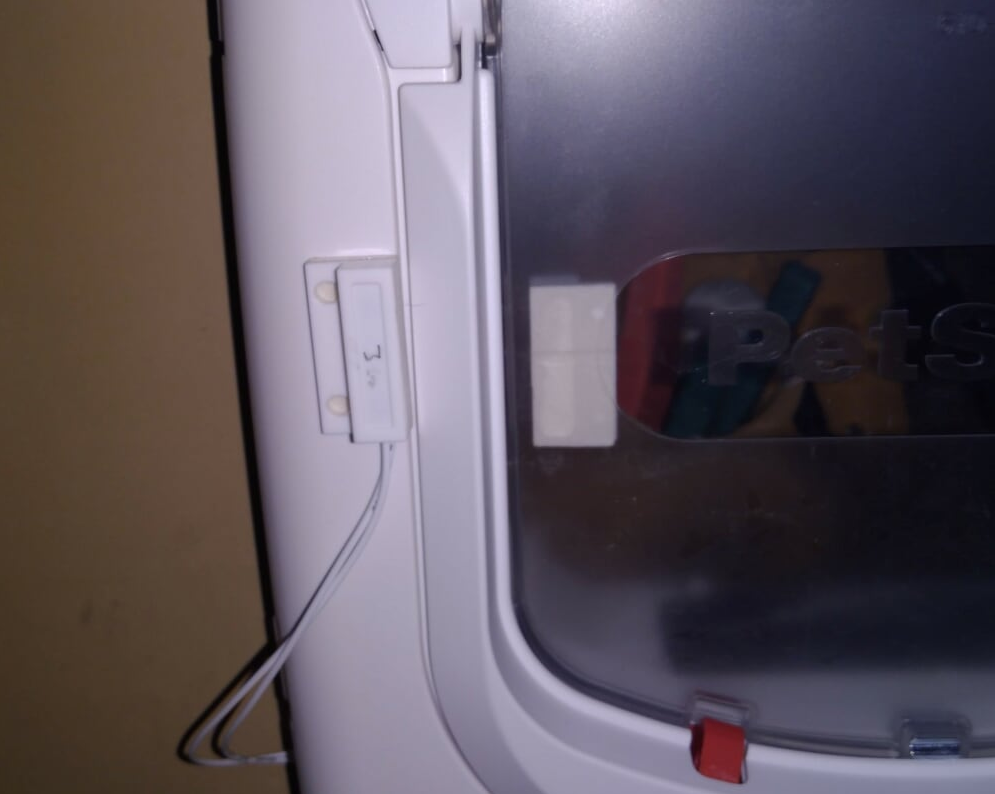What did you build today (Pictures) ?
-
@yveaux nothing that I can post here unfortunately... only a ladder for my cat 😂 non automated.
@sundberg84 said in What did you build today (Pictures) ?:
@yveaux nothing that I can post here unfortunately... only a ladder for my cat 😂 non automated.
Just pretend you have automated your cat. We can't control from here.
-
Colleagues!
I am writing in this thread, because here are the most active users of the forum and the system MySensors.:raised_hands:
Perhaps you can help me with the solution of my problem: Improvement Xiaomi smart kettle (I need help!)
Maybe you had similar projects...
Then, I can finally publish a new project in this thread. :v: -
Colleagues!
I am writing in this thread, because here are the most active users of the forum and the system MySensors.:raised_hands:
Perhaps you can help me with the solution of my problem: Improvement Xiaomi smart kettle (I need help!)
Maybe you had similar projects...
Then, I can finally publish a new project in this thread. :v: -
@vladimir please don't crosspost. Everybody is able to see the latest messages, so there is no need to point to your post from multiple threads.
-
-
@sundberg84 said in What did you build today (Pictures) ?:
The rules are simple - keep it simple with one picture (or a few) with a small text including a small exp
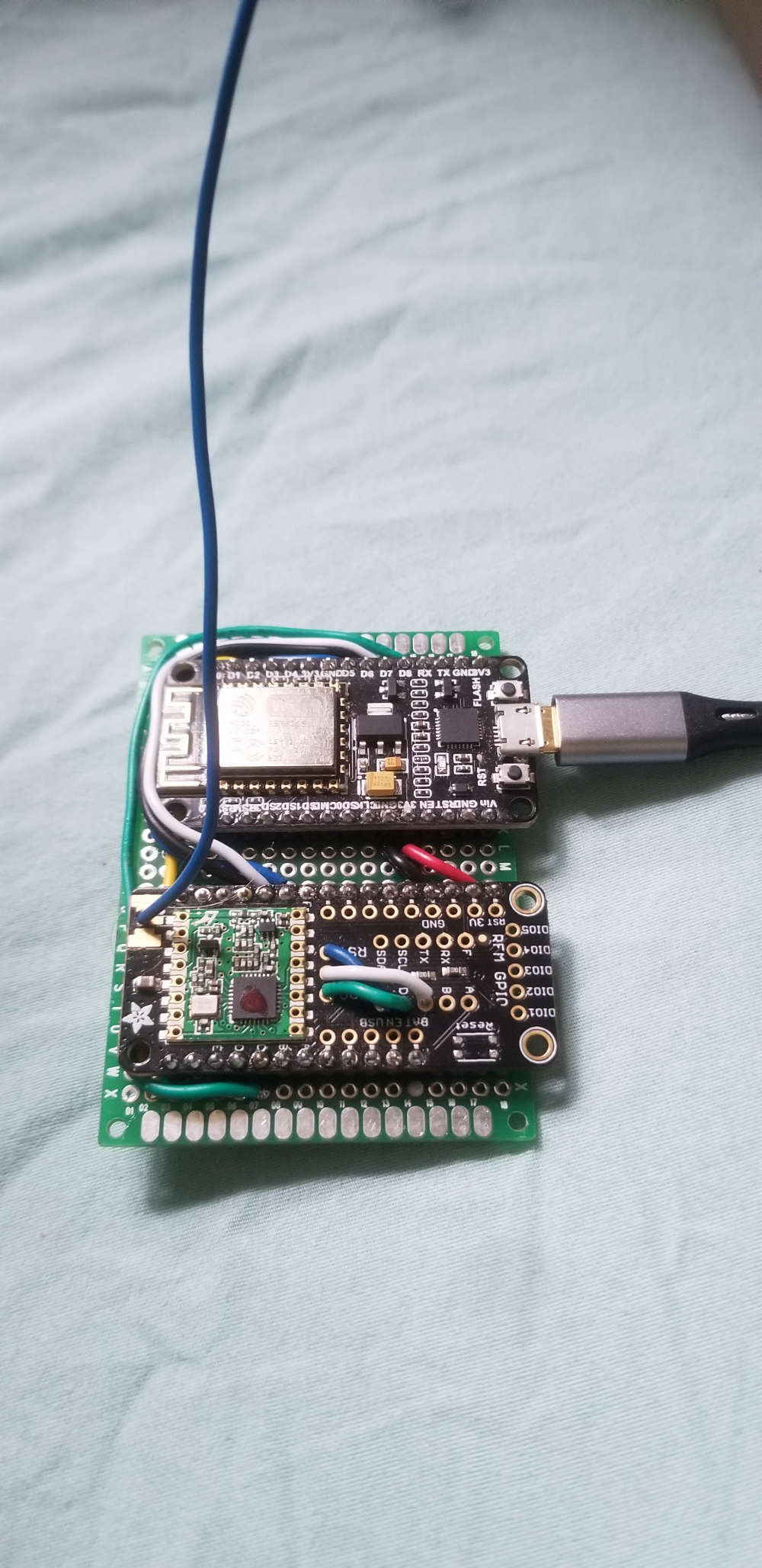
sick of breadboard so made the gateway more permanent. added a nice dc plug to it after pic
-
Playing with how small I could create a EasyPCB if I only used SMD components and footprints for both RFM69 and Nrf24l01+... including MysX, Signing, Flash offcourse... and a coincell...
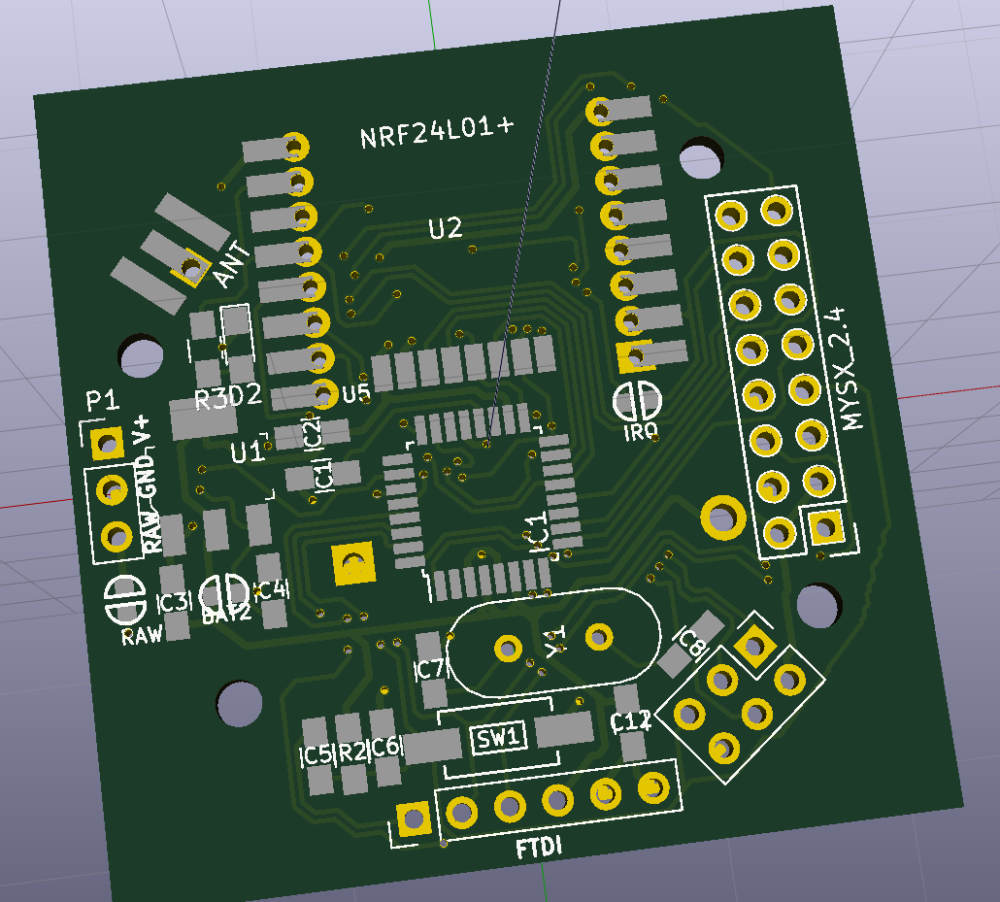
-
Playing with how small I could create a EasyPCB if I only used SMD components and footprints for both RFM69 and Nrf24l01+... including MysX, Signing, Flash offcourse... and a coincell...

-
cool, what dimensions are you down to now?
btw. what happened to the trace in lower right corner (the one that runs by the ISP connector)?
@tbowmo - Thanks!! :) 42mm diameter (round, but the 3d view doesnt show that).
The track - well, it seems like I can only get KiCad to make 45dgr tracks... need to investigate it its possible to make other tracks... -
Playing with how small I could create a EasyPCB if I only used SMD components and footprints for both RFM69 and Nrf24l01+... including MysX, Signing, Flash offcourse... and a coincell...

@sundberg84 you can also use smd crystal. They are cheaply available on aliexpress. Are you using 0603 caps and resistors?
-
@sundberg84 you can also use smd crystal. They are cheaply available on aliexpress. Are you using 0603 caps and resistors?
@monte - 0805 res/caps, (for me easy to solder, while 0603 is possible but start to get hard).
I was thinking about SMD crystal but left it since i couldnt find a common size. Do you know a good size for SMD crystal (with multiple brands?) like 0805 or a good searchword? I found HC-49S but they are the same size as the ones with pins. -
@tbowmo - Thanks!! :) 42mm diameter (round, but the 3d view doesnt show that).
The track - well, it seems like I can only get KiCad to make 45dgr tracks... need to investigate it its possible to make other tracks...@sundberg84 "well, it seems like I can only get KiCad to make 45dgr tracks"
References => General Settings => Limit graphics lines to 45 degrees
-
I recently hacked my Assa Abloy/Yale smart lock as it could only turn +-90° created a new washer ring, so it now can turn infinitely so it is usable to use a lock
The needed 3D stl file or Freecad drawing is to be found here:
https://www.thingiverse.com/thing:3155286 -
@Yveaux - Yes, as long as you don't tell her ;)
What an inspiring thread!
-
@monte - 0805 res/caps, (for me easy to solder, while 0603 is possible but start to get hard).
I was thinking about SMD crystal but left it since i couldnt find a common size. Do you know a good size for SMD crystal (with multiple brands?) like 0805 or a good searchword? I found HC-49S but they are the same size as the ones with pins.@sundberg84 I've bought these 5032 crystals: https://www.aliexpress.com/item/Free-shipping-20pcs-16-000MHZ-16mhz-20pF-2Pin-5032-smd-quartz-resonator-Crystal/32821974003.html but there are plentiful other offers on aliexspress and/or ebay. This 5032 package seems to be the most common. There is another package with the same size but with 4 pins 2 of which are not connected, I bought them from my local distributor, while was waiting a package from aliexpress. But those with 4 pins are harder to solder (obviously) and I don't see any pros of using them.
The most suitable for hand soldering and easiest to find are these: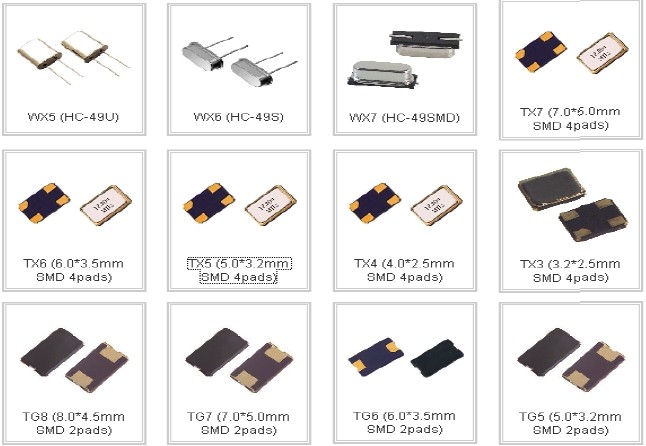
According to this image the ones I have are TX5 and TG5. -
Im getting so tired of soldering extra wires and stuff so today im doing a "MysX to All common sensors breakout board"...
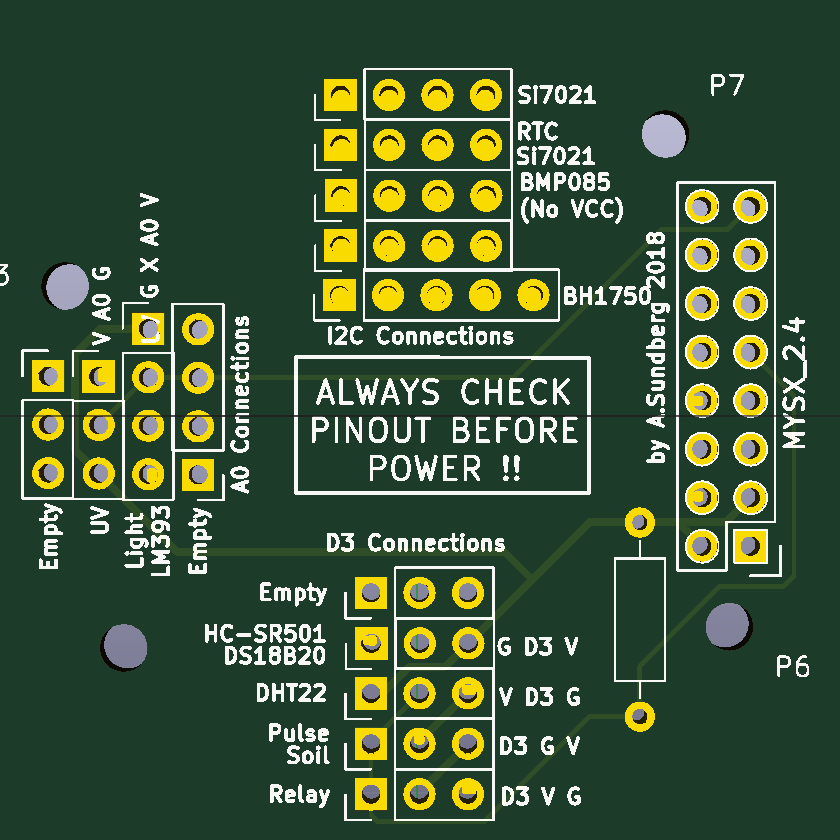
Dont know if this will work... but worth a shot.
-
@sundberg84 If I'm honest some of those sensors seem 'old' to me.
- I usually go for the BEM280 instead of the BMP085 and DHT22. It's so cheap now.
- I never use pulse soil sensors, only the capacitive kind, as they last much longer and don't pollute the soil.
In fact, I always make all my sensors with the Nano Wireless Expansion Board, which is about $2. You can simply plug in the NRF24 into it.
https://www.aliexpress.com/item/Free-shipping-Nano-328P-IO-wireless-sensor-expansion-board-for-XBEE-and-NRF24L01-Socket-for-arduino/32264665470.html -
@sundberg84 If I'm honest some of those sensors seem 'old' to me.
- I usually go for the BEM280 instead of the BMP085 and DHT22. It's so cheap now.
- I never use pulse soil sensors, only the capacitive kind, as they last much longer and don't pollute the soil.
In fact, I always make all my sensors with the Nano Wireless Expansion Board, which is about $2. You can simply plug in the NRF24 into it.
https://www.aliexpress.com/item/Free-shipping-Nano-328P-IO-wireless-sensor-expansion-board-for-XBEE-and-NRF24L01-Socket-for-arduino/32264665470.html@alowhum thanks for the reply!
I used the sensor in MySensors build section, i somehow believe that is whats used the most. But that does not stop me from adding your suggestion for BEM280. That Wireless board looks great, but Im working with the MysX connector so thats why im making this board. -
@sundberg84 If I'm honest some of those sensors seem 'old' to me.
- I usually go for the BEM280 instead of the BMP085 and DHT22. It's so cheap now.
- I never use pulse soil sensors, only the capacitive kind, as they last much longer and don't pollute the soil.
In fact, I always make all my sensors with the Nano Wireless Expansion Board, which is about $2. You can simply plug in the NRF24 into it.
https://www.aliexpress.com/item/Free-shipping-Nano-328P-IO-wireless-sensor-expansion-board-for-XBEE-and-NRF24L01-Socket-for-arduino/32264665470.html@alowhum said in What did you build today (Pictures) ?:
- I usually go for the BEM280 instead of the BMP085 and DHT22. It's so cheap now.
Unfortunately most of the cheap breakout boards found on AliExpress use clones with much worse specs than the original version
In fact, I always make all my sensors with the Nano Wireless Expansion Board, which is about $2. You can simply plug in the NRF24 into it.
https://www.aliexpress.com/item/Free-shipping-Nano-328P-IO-wireless-sensor-expansion-board-for-XBEE-and-NRF24L01-Socket-for-arduino/32264665470.htmlBut you can't really make battery-powered sensors with those ? The regulators are AMS1117 with 5mA typical quiescent current.
-
@alowhum said in What did you build today (Pictures) ?:
- I usually go for the BEM280 instead of the BMP085 and DHT22. It's so cheap now.
Unfortunately most of the cheap breakout boards found on AliExpress use clones with much worse specs than the original version
In fact, I always make all my sensors with the Nano Wireless Expansion Board, which is about $2. You can simply plug in the NRF24 into it.
https://www.aliexpress.com/item/Free-shipping-Nano-328P-IO-wireless-sensor-expansion-board-for-XBEE-and-NRF24L01-Socket-for-arduino/32264665470.htmlBut you can't really make battery-powered sensors with those ? The regulators are AMS1117 with 5mA typical quiescent current.
@nca78 said in What did you build today (Pictures) ?:
Unfortunately most of the cheap breakout boards found on AliExpress use clones with much worse specs than the original version
Could you be more specific? How exactly worth specs does they have. Was going to buy a bunch of them. Maybe there is some comparison or tests?

